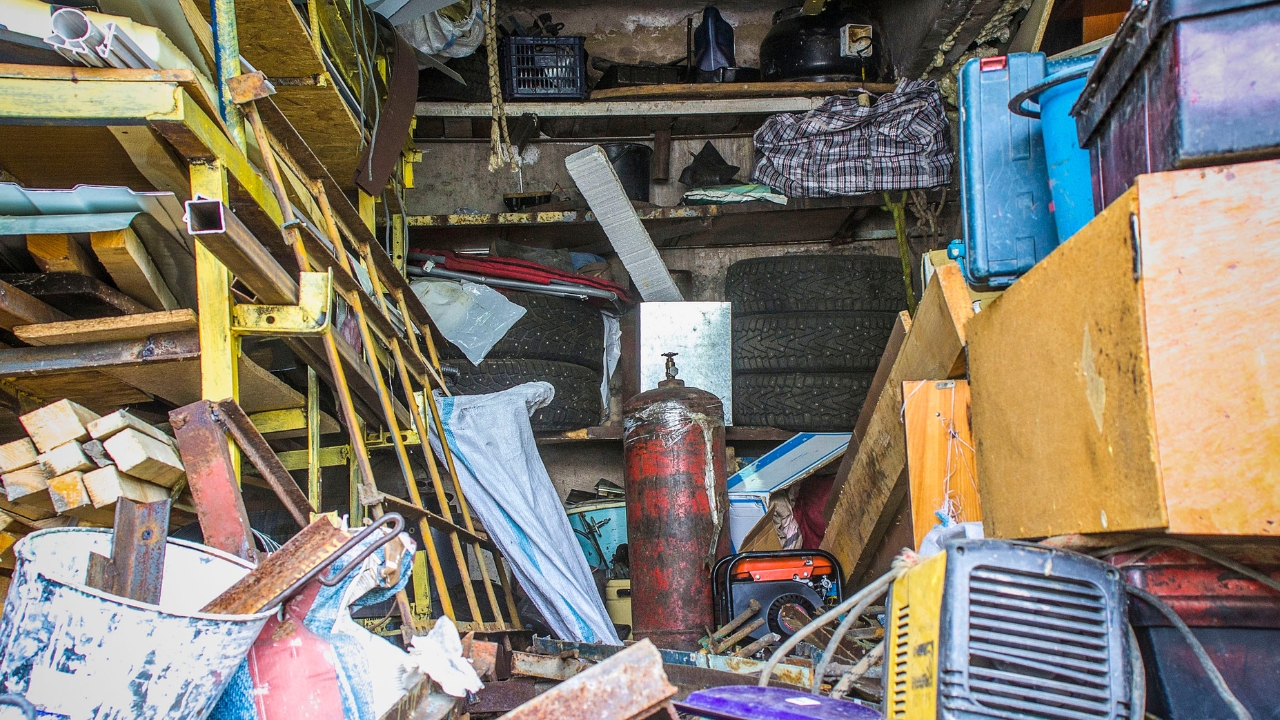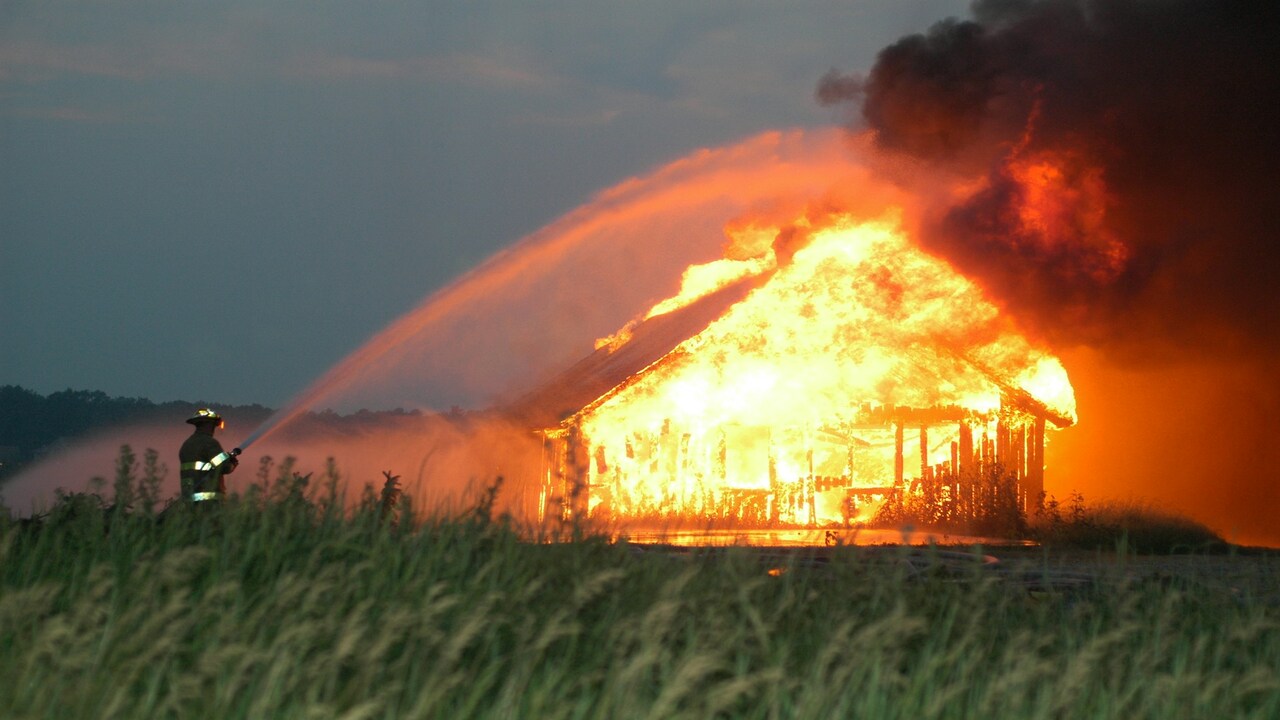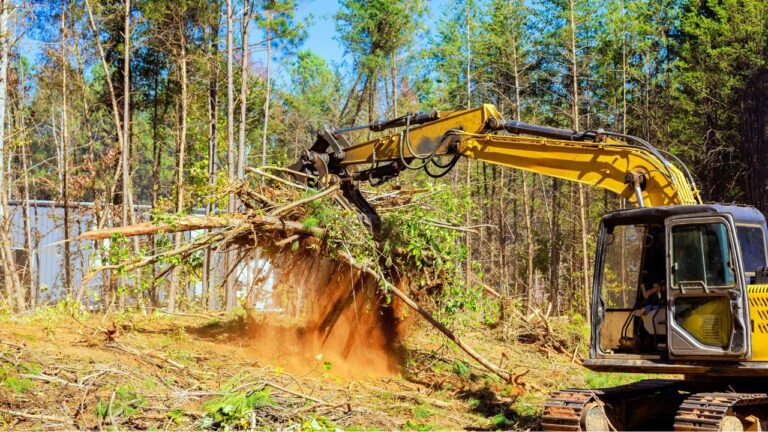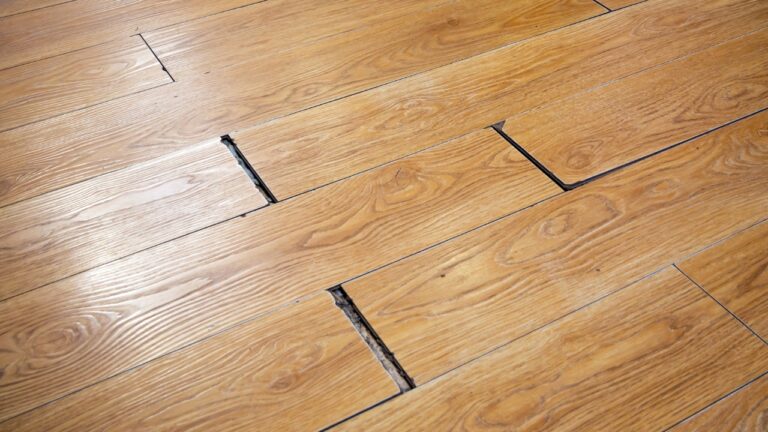8 Mistakes That Can Lead to Shed Fires
Most sheds turn into catch-alls—tools, gas cans, old paint, whatever didn’t fit in the garage. But if you’re not careful, that shed can turn into a fire hazard real fast. Heat, clutter, and poor storage don’t mix well when the weather’s cooking.
Before you shrug it off, here are the things that actually lead to shed fires more often than folks realize.
Gas Cans Left Inside

Gasoline doesn’t belong in a hot, closed-off shed. When the temps spike, fumes can build up fast, and it takes almost nothing for those vapors to catch fire.
If you’ve got gas cans stored in there, move them to a shaded spot outside with some airflow. They need to stay sealed, upright, and away from anything that could spark. Don’t let your shed turn into a ticking time bomb.
Charging Batteries in the Heat

Cordless tool batteries might seem harmless, but charging them in a hot shed is risky. Lithium-ion batteries can overheat and catch fire—especially if they’re old or plugged in all the time.
If you need to charge tools, bring them inside where it’s cooler. And don’t leave chargers running 24/7 in a place that hits 100 degrees by noon.
Piles of Random Junk

It’s easy to toss stuff in the shed and forget about it—cardboard boxes, old rags, plastic bins, you name it. But that clutter acts like fuel in a fire.
Take a look around and be honest. If it’s flammable and hasn’t been touched in a year, it’s probably not worth the risk. Less clutter = less to burn.
Extension Cords as Permanent Wiring

Running an extension cord to your shed seems like an easy fix, but it’s not meant for long-term use. They wear down fast and can spark when overloaded.
If your shed needs power regularly, get it wired right. It’s not worth risking a fire just to run a shop fan or a light.
Storing Propane Inside

Propane tanks—whether it’s for the grill or a little heater—don’t belong inside your shed. Even a small leak can fill up the space with gas, and one spark could level the whole thing.
Keep propane outside, upright, and out of the sun. Don’t stash it behind a mower or under a shelf where no one sees it.
Oily Rags in a Pile

Used rags with oil, stain, or paint thinner can self-combust if they’re left wadded up. That means they can literally catch fire on their own without a single spark.
Hang them up to dry outside and toss them in a sealed metal can or trash them properly. Never ball them up and leave them in the corner of the shed.
Letting Rodents Move In

Mice love sheds, and they’ll chew through wiring and drag dry grass or paper right next to your electrical box. That’s a recipe for trouble you won’t see coming.
If you notice droppings, nests, or chewed cords, don’t ignore it. Clean it up and figure out how they’re getting in before they start a fire behind your back.
Dry Leaves Around the Base

Dried-up leaves and grass piled up around the outside of your shed can catch fire quick. If your mower throws a spark or lightning hits nearby, it doesn’t take much to set it off.
Keep that area cleared out and trim anything growing up against the shed. A little cleanup goes a long way in hot, dry weather.
*This article was developed with AI-powered tools and has been carefully reviewed by our editors.







